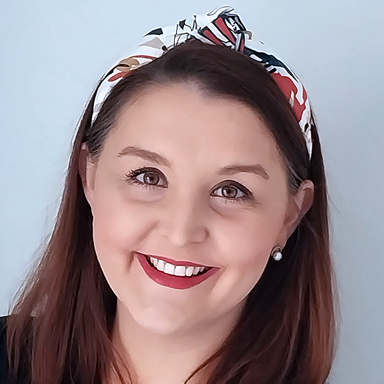By understanding the degree of your child’s hearing loss, you can ensure they get the support they need as early as possible, explains Jade Duncan, a clinical audiologist with a particular interest in paediatric audiology at Mediclinic Durbanville.
What are the signs of a hearing problem in children?
Early identification and intervention are vital to foster normal speech and language development in children, says Duncan. Recognising the signs of a hearing problem at an early stage can make a significant difference in their developmental trajectory. Speech and language milestones are helpful key indicators. “By six months, babies should be babbling consistently. By one year, they should say their first word, and between 1 to 18 months their vocabulary should grow to about 20 to 50 words,” she explains. By two years, a child should form two-word sentences, and by two-and-a-half, they should be able to formulate full sentences.
Be alert to signs such as unclear speech sounds or missed milestones, Duncan advises. A child who doesn't respond to sounds, shows delayed speech, or does not react to their name being called might have a hearing problem. If you notice this in your child, consult a healthcare professional to evaluate their hearing health. “Speech and language delays are often the first indicators that prompt parents to seek medical advice,” she says.
How do you assess the degree of hearing loss in your child?
Assessment of hearing loss involves a series of non-invasive tests. Duncan says the initial screening, the otoacoustic emissions (OAE) test, is done within the first few days of birth. This test evaluates the function of the cochlea by detecting echoes emitted by hair cells in response to sound. If the OAE test indicates a potential issue, a further assessment, the auditory brainstem response (ABR) test, is done. It involves placing electrode stickers on the baby’s face and head to measure brain wave responses to sound. These tests are quick and easy to perform while the baby is sleeping.
“For babies in the neonatal intensive care unit (NICU), who are at higher risk due to factors such as a lack of oxygen at birth, low birth weight, underdevelopment of the cochlear or neurological conditions, these tests are crucial,” says Duncan. “The ABR test helps determine if there is effective communication from the cochlea to the brain.” If a baby fails the initial screening, a second screening is performed to ensure accuracy. If the second screening also fails, a diagnostic assessment follows, which may include a more detailed ABR test to pinpoint the exact location of the hearing problem along the auditory pathway, as well as the severity of the hearing loss.
What hearing healthcare options are available for children?
Depending on the diagnosis, different interventions may be necessary. "For children with varying degrees of hearing loss, hearing aids or cochlear implants are common solutions," says Duncan. "These devices can significantly improve the child's ability to hear and, consequently, their ability to develop speech and language skills."
Early intervention is vital for children diagnosed with hearing loss. The global Joint Committee for Infant Hearing (JCIH) recommends screening by six weeks, diagnosing any hearing loss by three months, and initiating intervention by six months. This is the timeline for allowing normal speech and language development through hearing amplification.
If you think your child could have a hearing problem, consult your GP or paediatrician for advice. Alternatively, book a simple hearing screening with your local audiologist. Early recognition of signs, thorough assessment of the degree of hearing loss, and exploration of hearing health care options can have a big effect on your child's ability to develop normal speech and language skills, and further down the line, their academic and social development.
To find an audiologist near you, click here.
Further publications on the topic
Doctors 1


